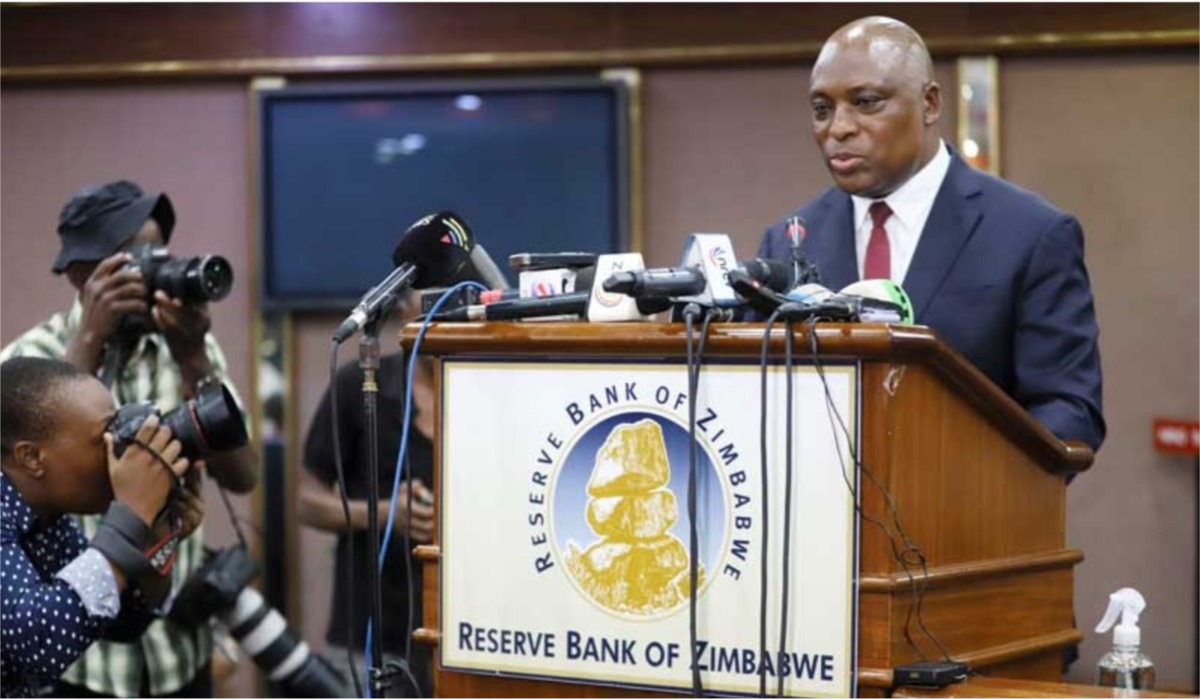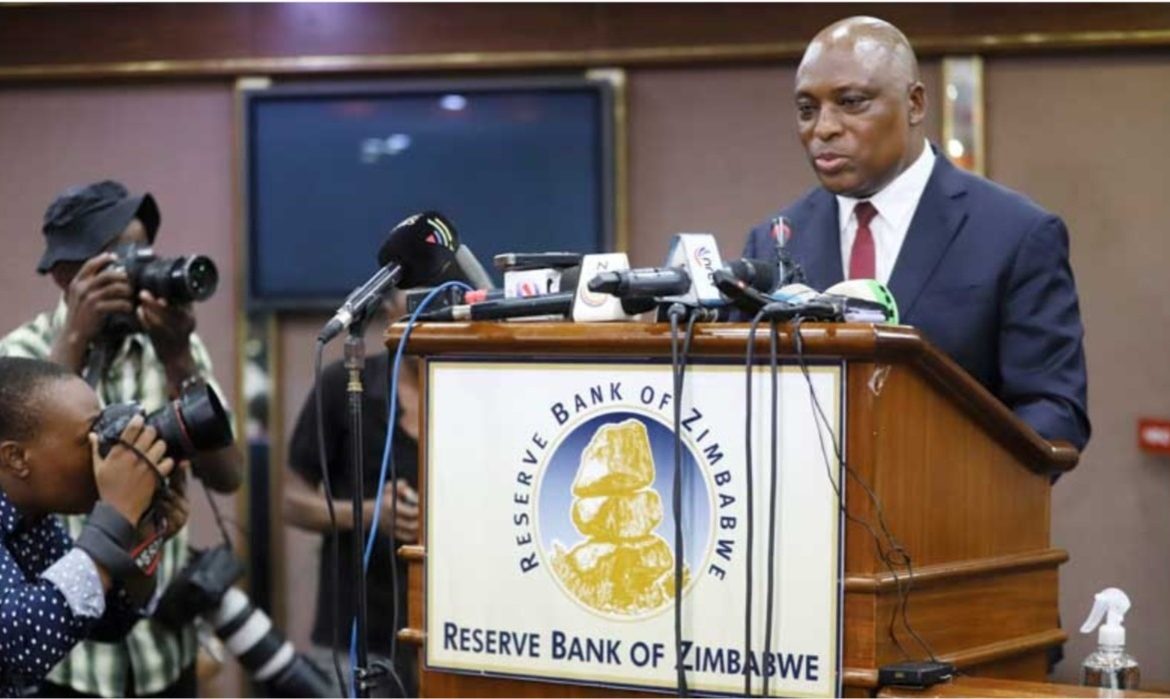RBZ Injects $32 Million to Calm Rising ZiG Forex Demands
The Reserve Bank of Zimbabwe (RBZ) has injected US$32 million into the interbank foreign exchange market over the past three weeks in a bid to stabilise ZiG exchange rates. The move aims to bridge the supply-demand gap as demand rises for the upcoming summer agricultural season and the festive period, RBZ Governor John Mushayavanhu announced yesterday.
Record Demand for Foreign Exchange
According to Governor Mushayavanhu, foreign currency pipeline demand has averaged US$15 million weekly, peaking at US$25 million this week as agricultural and festive season requirements take priority. “The Reserve Bank has been intervening in a timely manner,” he stated, describing the injection as essential to “address supply-demand mismatches” in foreign currency.
The RBZ’s latest action aligns with the Monetary Policy Committee’s recent policy guidance, issued on 27 September 2024. The measures included an emphasis on the “willing-buyer-willing-seller” (WBWS) foreign exchange system, which has shown promising uptake. Exporters and foreign currency holders, spurred by local currency tax obligations, have begun selling their foreign currency on the WBWS market. Mushayavanhu remarked, “This shows satisfactory increase in WBWS trading activities.”

Boost for Local Farmers and Businesses
The injection of US$32 million is designed to support sectors heavily reliant on foreign currency, particularly agriculture, which now sees rising demand for critical imports like fertilisers and equipment. The increase in foreign currency demand also reflects the end of Zimbabwe’s tobacco season, a significant contributor to forex supply, which has now slowed.
On 24 October, the RBZ offered a market-clearing sale of US$25 million; however, only US$19 million was purchased due to limited ZiG liquidity among buyers. “Prospective buyers did not have enough ZiG liquidity,” the Governor explained, highlighting how RBZ’s participation has reached a total of US$50 million in the WBWS market this October alone.
Continuing Monetary Policy Stance
Mushayavanhu concluded by reinforcing the RBZ’s commitment to a “tight monetary policy stance.” He assured that the reserve money will “remain fully backed at all times.” This approach, the Bank says, is vital to maintaining stability as Zimbabwe moves into its most financially active quarter.
With the festive season approaching and agricultural needs rising, the RBZ’s intervention is expected to ease some of the pressure, though challenges in liquidity remain. The RBZ will monitor the situation closely to maintain stability for both the economy and its citizens.
Follow Us on Google News for Immediate Updates
The post Reserve Bank of Zimbabwe Injects US$32 Million to Stabilise ZiG Exchange Rates appeared first on iHarare News.









 Zim Instantly via Simplex Solutions
Zim Instantly via Simplex Solutions